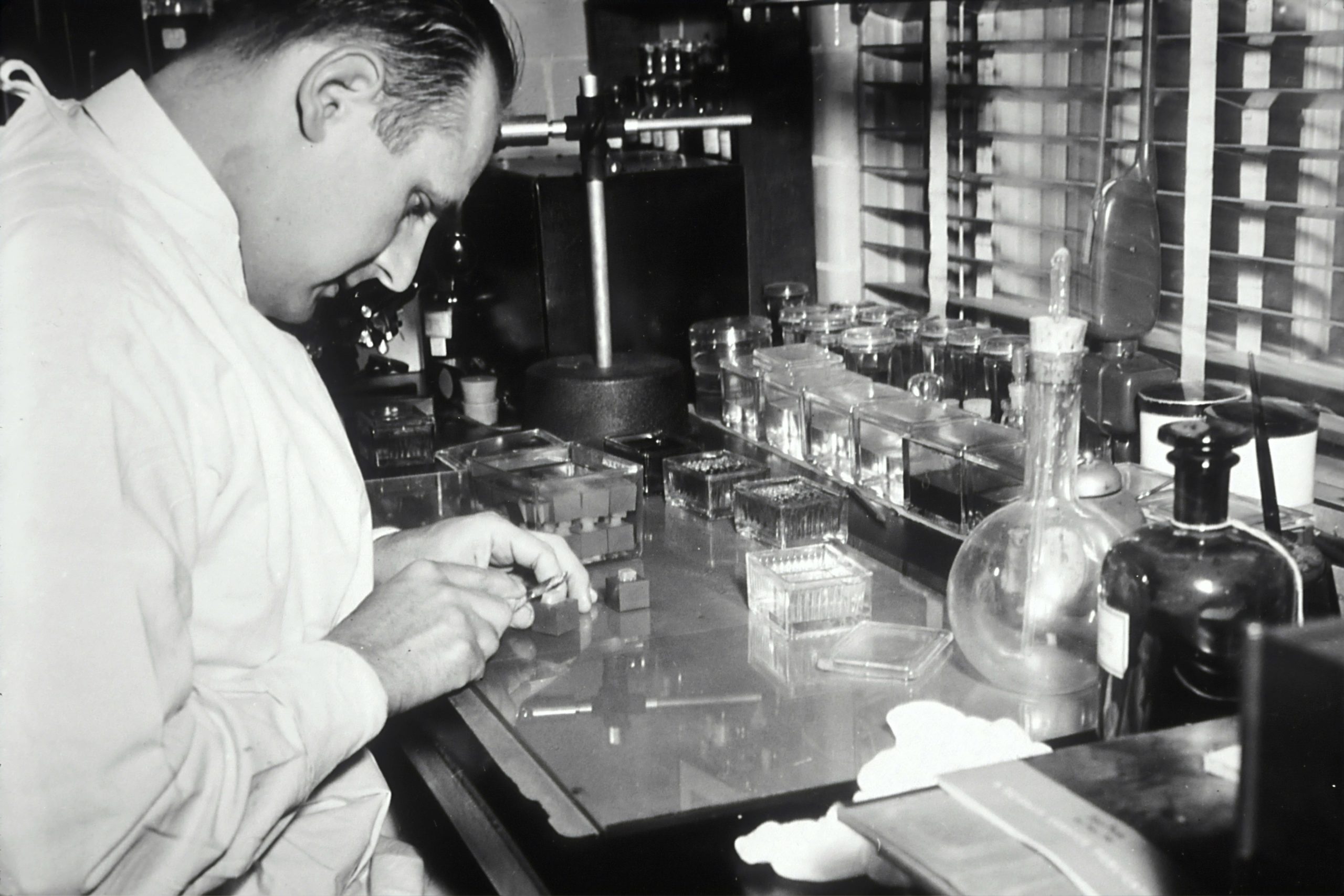
Photo by National Cancer Institute on Unsplash
Tendons, the tough, fibrous tissues that connect muscle to bone, play a vital role in our body’s ability to move. When these essential structures become damaged, whether due to injury or wear and tear, the need for effective repair becomes evident. The history of tendon repairs is a fascinating journey, marked by innovation, determination, and the quest to restore mobility and functionality.
Ancient Beginnings
Tendon injuries have been a part of human history for over 2 millennia, with evidence of attempts at repair dating back to ancient times. In ancient Egypt, for instance, there are records of surgical procedures to address injuries and deformities, including those involving tendons. Ancient Egyptian physicians used plant-based materials to suture tendon injuries, demonstrating their rudimentary understanding of tendon repair. Even with the passing of several centuries, suture remains to be the standard care of repair for severed tendons (Mankse, 2005).
Middle Ages to the 20th Century
During the Middle Ages and the Renaissance, the field of medicine advanced fairly slowly. The knowledge of tendon injuries and repair methods improved thanks in part to anatomical studies. Renaissance anatomists made significant contributions by dissection and documenting the human body.
The 16th to 19th centuries brought about significant developments in surgical procedures, including those related to tendon repair. Pioneering surgeons made considerable progress in understanding the anatomy of tendons, their functions, and materials to use when repairing. Although these materials were a far cry from the advanced materials we use today, these early attempts marked a significant step forward.
The 20th century saw substantial advancements in tendon repair techniques, largely driven by innovations in materials and surgical methods. The introduction of stronger and more resilient suture materials and their various patterns, as well as the use of sophisticated surgical instruments, significantly improved outcomes for patients with tendon injuries. Many of the newer procedures, such as tendon grafts and transfers, have become the standard in tendon repair. Though improvement was made there were still bound to be setbacks to be conquered. Following the year 1948 the term “no man’s land” was used to describe an area of digit flexor tendons that was better off not being repaired because of adhesion formations and subsequentpoor function (Hage, 2019) (Kleinert, 1995). Later that century that concept was challenged and reimplemented since the surgery could be successful, but still be difficult (Strickland, 2000).
Modern Advancements
Today, tendon repair continues to evolve as stronger sutures are created and new techniques implemented. One of the primary goals of flexor tendon repair today is to create strong repairs while reducing the bulk (Zhao, 2004). There have been steps forward in making more efficientrepairs, to combat the challenges in and after surgery. As new medical equipment is created the standard care for flexor tendon surgery will only get easier. One new advancement is seen with the CoNextions TR Tendon Repair System, an innovation that significantly shortens the time it takes a surgeon to repair the tendon and the time it takes for the patient to regain their range of motion. This solution may be seen as the next milestone in the new history of flexor tendon surgery.
Sources:
Hage JJ. History Off-Hand: Bunnell’s No-Man’s Land. HAND. 2019;14(4):570-574. doi:10.1177/1558944717744337-
https://www.ncbi.nlm.nih.gov/pmc/articles/PMC6760071/#:~:text=Born%20one%20decade%20after%20his,scientific%20interest%20in%20comparative%20anatomy.
Kleinert, H. E., Špokevičius, S., & Papas, N. H. (1995). History of flexor tendon repair. The Journal of hand surgery, 20(3), S46-S52.- https://www.sciencedirect.com/science/article/abs/pii/S0363502395801693
Manske P. History of flexor tendon repair. Hand Clin 2005;221(2):123-7.
Strickland, J. W. (2000). Development of flexor tendon surgery: twenty-five years of progress. Journal of Hand Surgery, 25(2), 214-235.- https://www.jhandsurg.org/article/S0363-5023(00)66176-2/abstract
Zhao C, et al. Effect of gap size on gliding resistance after flexor tendon repair. JBJS (Am) 2004;86(11):2482-8.
